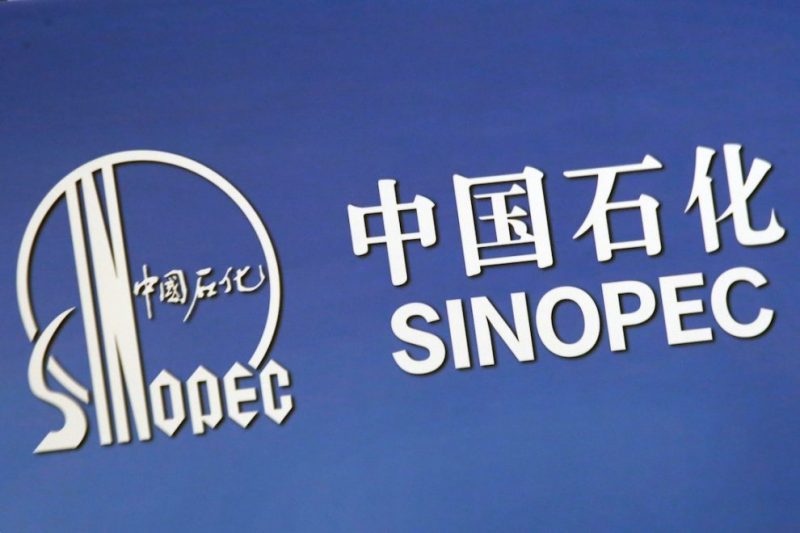China’s state-controlled Sinopec has started construction of a 3 billion yuan ($470 million) green hydrogen plant, with an annual production capacity of 20,000 tonnes, in Kuqa city in the country’s northwestern region of Xinjiang.
The project aims to produce green hydrogen, which is derived from renewable sources, through a water electrolysis system powered by a 300-megawatts solar power station, the state-media Xinhua News reported on Tuesday.
Green hydrogen is produced by splitting water molecules with renewable electricity, and touted as a clean replacement for fossil fuels in industries that are otherwise hard to decarbonise.
Sinopec will also build hydrogen storage tanks, with a total storage capacity of about 210,000 standard cubic metres, and a hydrogen pipeline network that can transmit 28,000 standard cubic metres of hydrogen per hour, according to the report.
The project is expected to start production in June 2023, and the hydrogen it produces will be supplied to Sinopec’s Tahe refinery to replace its current gas-to-hydrogen facilities.
Sinopec is also building a 20,000-tonne-per-annum green hydrogen plant in Ordos in Inner Mongolia.
• Reuters with additional editing by Jim Pollard
ALSO SEE:
Sinopec Inks China’s Biggest Long-Term LNG Pact With US Firm
Chinese investment in green hydrogen surges, but policy lagging
Sinopec ramps up hydrogen pivot, others need to follow
Taking green hydrogen to the next level with fossil fuel cost parity
























